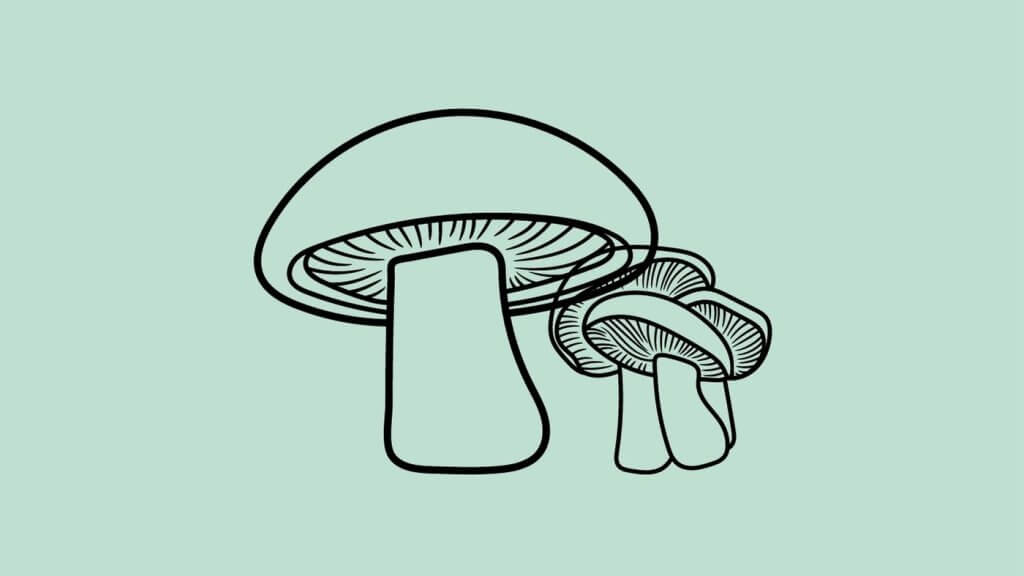Lepista nuda, or Clitocybe nuda, common name blewit mushroom or wood blewit, is a plain-looking, edible mushroom. The blewit is edible only when cooked. Blewits grow best in cool weather and can be found in the Northeast and Pacific Northwest coastal areas.
Depending upon where it is in its growth cycle, a blewit mushroom can bear a striking resemblance to its poisonous cousins, meaning mistakes in the identification of these mushrooms can have dire consequences.
Under the right circumstances (limited frosts), the wood blewit can grow all winter long with multiple blooms.
Is the Blewit Mushroom Edible?
The blewit mushroom is edible when cooked.
What Are You Foraging For Right Now?
We're thrilled to hear your ideas. What would you like to submit today? Feel free to share your thoughts and experiences with us.
While some tout the blewits classic mushroom flavor – mild and meaty – others will tell you it’s not nearly as flavorful as other mushrooms like porcini, chanterelles, or morels.
Unlike many other similar mushroom species, the wood blewit has a longer growing season. In fact, given mild temperatures and enough rain, blewits can have multiple bloom cycles.
When looking for wild or home-grown mushrooms, the edible blewit can be an easy and tasty choice.
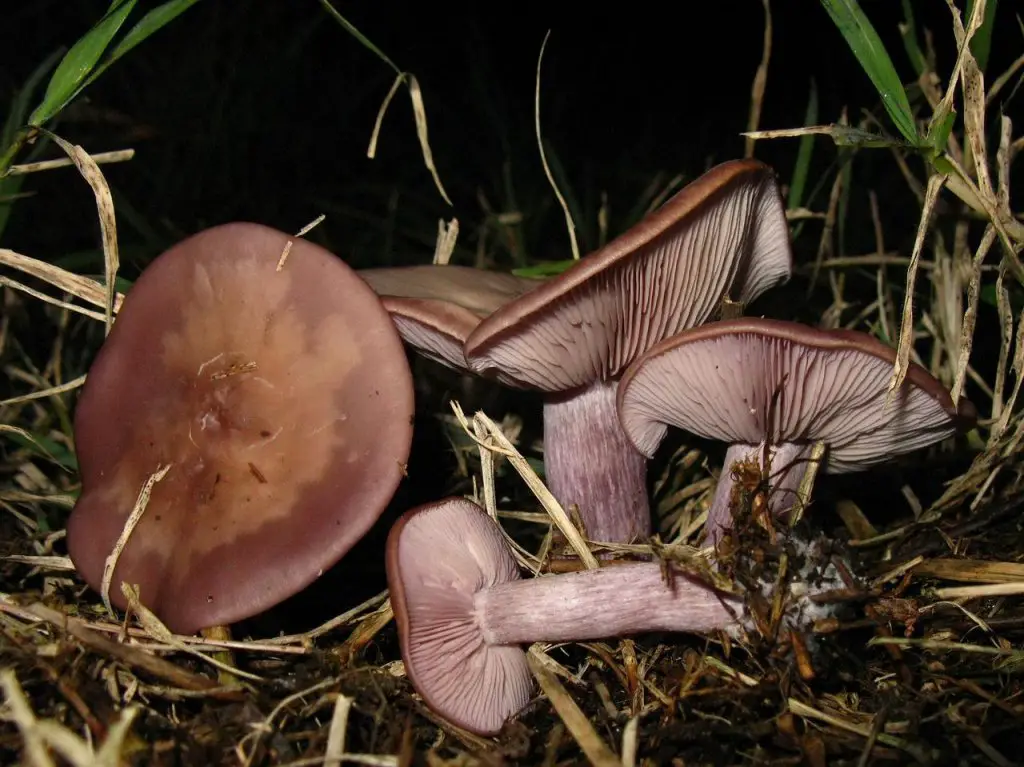
Can You Eat Wood Blewit Raw?
Blewit mushrooms should never be eaten raw.
The wood blewit is a versatile mushroom with many culinary uses, but all uses need to include cooking.
Eating blewit mushrooms raw, while not deadly, can lead to intense gastrointestinal upset and the need for medical care.
Does the Blewit Have Poisonous Lookalikes?
Yes! Because blewit mushrooms have a very commonplace and classic mushroom appearance, they can easily be confused with some poisonous lookalikes.
The primary culprit and most dangerous are the Cortinarius species which are almost uniformly toxic. The most commonly confused with wood blewit are the Cortinarius violaceus and iodes.
If you believe you’ve found a patch of wood blewits, you must carefully check to rule out imposters.
Look for some of these tell-tale signs:
1. Rusty brown spores
These types of spores are common to purple corts. They can be seen most clearly by doing a spore print.
To perform a spore print, simply cut the mushroom cap off and press it lightly on white paper.
A blewit will have light, pinkish, or pinkish-buff colored spores, whereas the Cortinarius spores will be a darker, rust color.
2. Purple color
The Cortinarius or purple mushrooms will have a purple color to them.
Do not identify only by color as at different stages of growth; blewits can have a similar color to a Cortinarius.
3. Web-like veil around the cap that resembles a cobweb
This will cover the gills of young Cortinarius mushrooms and are a hallmark of this poisonous cousin to the blewit.
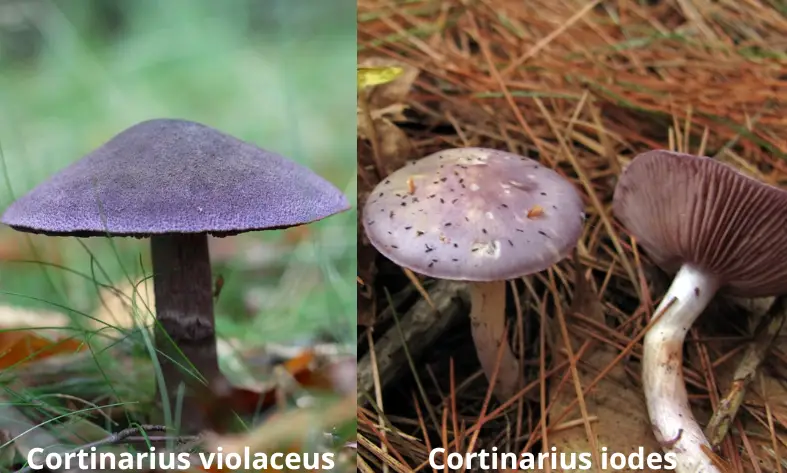
How Do You Identify the Blewit Mushroom?
In addition to knowing how to identify poisonous imposters of the mushroom, looking for the identifying markers of a true blewit is a crucial skill.
Because blewits are so plain in appearance, it may take careful scrutiny. Look for the following markers when identifying blewits.
- Blewits will have convex, smooth, velvety, or suede-like caps.
- The caps will be classically mushroom-shaped.
- Caps often have a mauve or beige color.
- A blewit stalk will be thick, and the gills close together and tight.
- There will NOT be a veil or ring around the stalk. This is indicative of a cortina mushroom.
- There may occasionally be leaf litter attached to the mushroom, but if it’s slimy, the mushroom should be avoided.
- A blewit will have a light, fruity fragrance.
- Blewits‘ color will change over time and can have subtle variations. This is one of the reasons it can be so easily confused with other mushrooms. As they age, blewits will lose their purplish, lilac color and take on a more faded look.
| Fungus | Blewit | Similar Cortinarius species |
| Cap | smooth, beige-mauve, never slimy | slimy & often more purple |
| Step | purplish color around the stem | rusty color around the stem |
| Ring | no ring or veil around the stalk | ring or veil |
| Gills | tight purplish gills, pinkish-tan spores | cobwebs around the veil of the cap, ginger spores |
| Edibility | edible when cooked | mostly poisonous |
Where Does the Blewit Grow?
The field blewits can be found growing wild in many areas of the world in cool, wooded locations where there is plenty of forest duff for growing.
Blewits like to grow saprobic atop forest debris and leaf litter, around hedgerows, and in mixed woodland areas. Coniferous needles and wood chips are among their favorite habitats.
The mushrooms will grow from a root-like structure called mycelium, which allows the fungus to absorb nutrients from the surrounding substrates.
In North America, they can be found fruiting in the fall to winter months, provided there isn’t pervasive frost or snow.
Home gardeners can also cultivate and grow them on a compost heap comprised of hardwood leaves and manure.
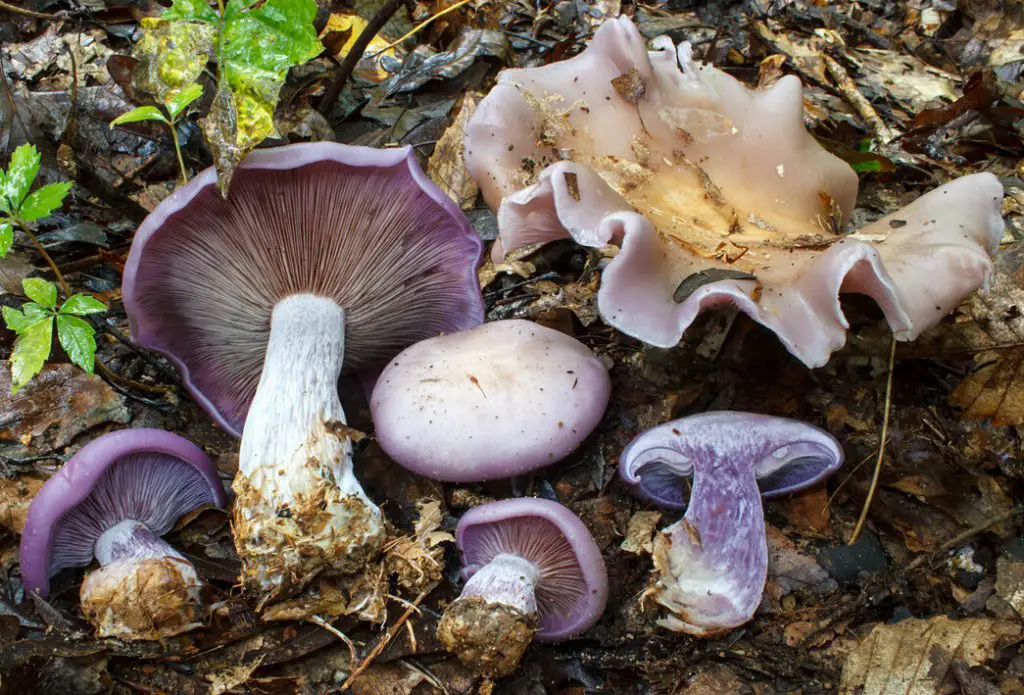
Foraging Tips
The first thing to remember when foraging for blewit mushrooms is to be meticulous about identification. A checklist of characteristics, paper for a spore print, and a good field guide are advisable.
Keep the following in mind as you look:
- Blewits like to grow in groups. Where you find one, you’ll find many.
- Although not a sure thing, check under the cap for a lavender hue. It will be concentrated in the gills and around the top of the stalk.
- Confirm identification by ruling out the poisonous varieties and doing a spore print.
Once you are certain of your identification, use these tips as a guide:
- Check all mushrooms you forage. Imposters can sneak in, so don’t assume they are all edible without checking.
- Evaluate your surroundings for toxins. What’s around your mushrooms will also be in your mushrooms.
- Clean your harvest thoroughly. Wiping with a cloth works best.
- If you’ve found a good area, check back regularly. Blewits can have multiple blooms in a season.
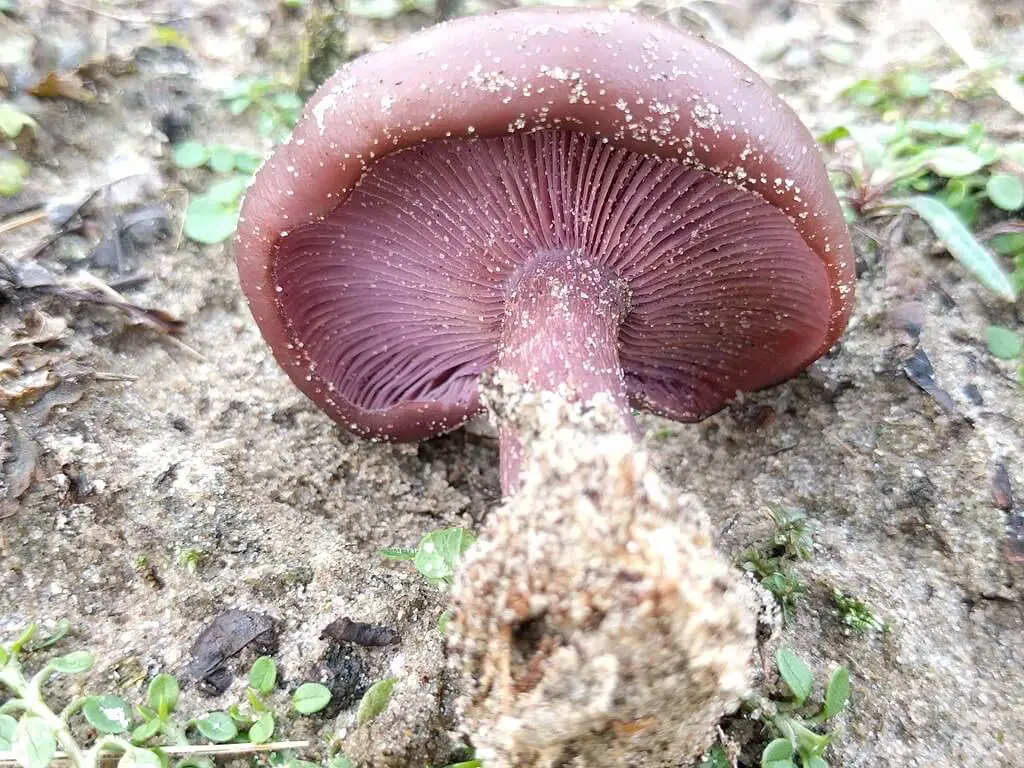
Cooking Tips
Remember, all blewits need to be cooked before eating.
Blewits contain a significant amount of water, and releasing this water will aid in the concentration of flavor and usefulness in recipes. For that reason, dry sauteeing is a good place to start.
To make dry sauteed blewit mushrooms, slice and place in a pan with no oil or water. Cook on medium-low until the mushrooms have released their water and the pan is starting to look dry. Once the water is gone, you can add oil or butter.
There are many recipes utilizing blewit mushrooms. These mushrooms are good additions to soups, pasta, and stews. They are also good marinated or pickled.
These are my favorite blewit mushroom recipes:
As an interesting point of note, blewit mushrooms can also be used to create dye. Their various color stages will yield different shades of purples and blues and are a fun way to use natural ingredients for multiple purposes.
Lorin is a writer, photographer and nature enthusiast in Sacramento, CA. In addition to gardening, she makes a regular practice of forging for edible plants and flowers. Nature nourishes if you know where to look.

